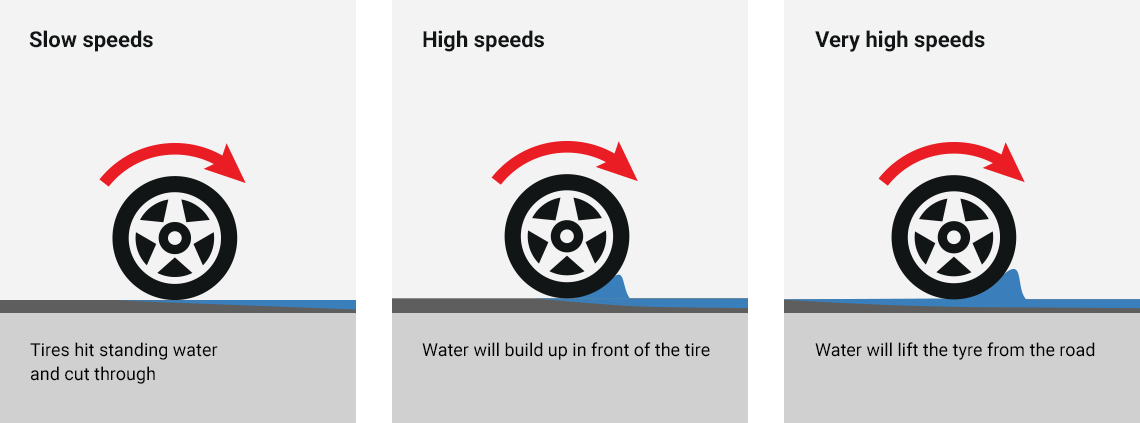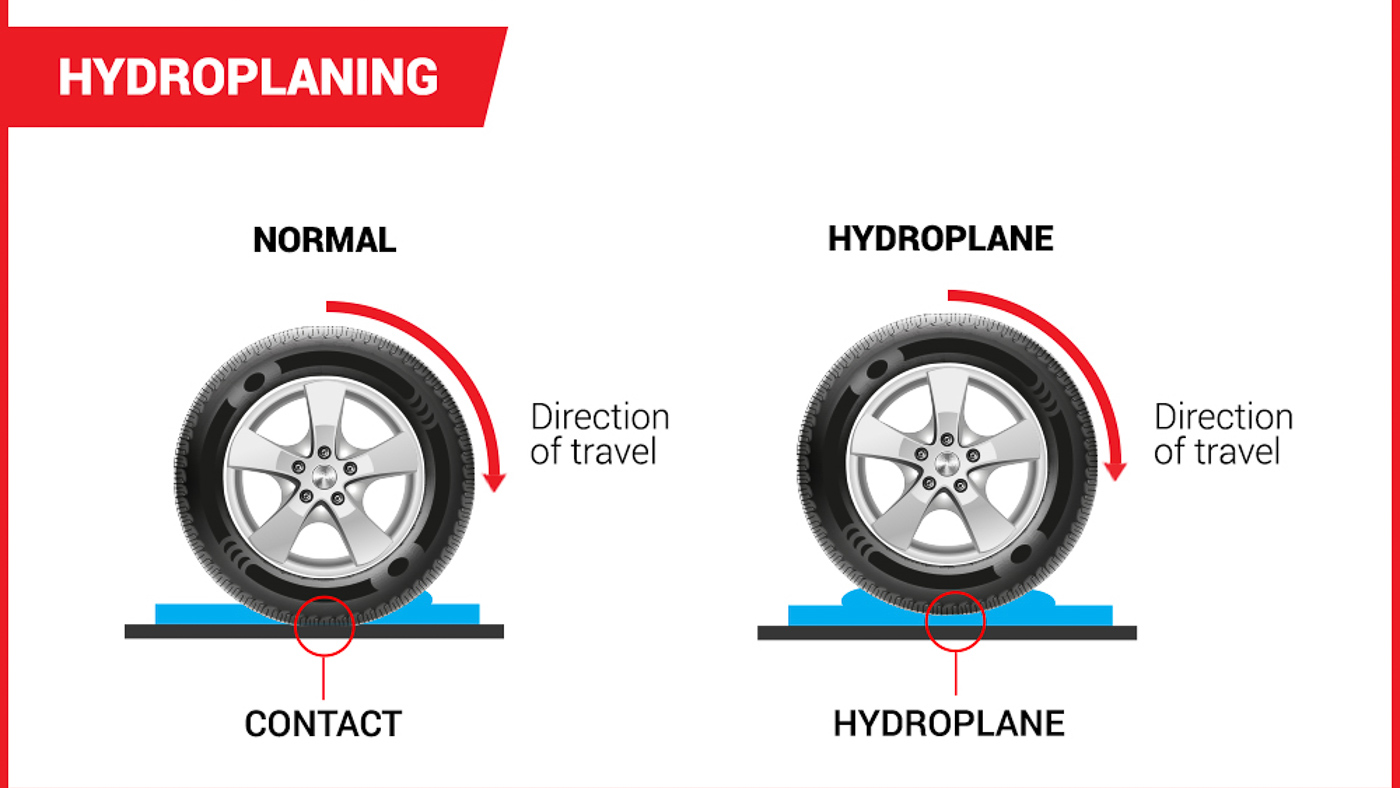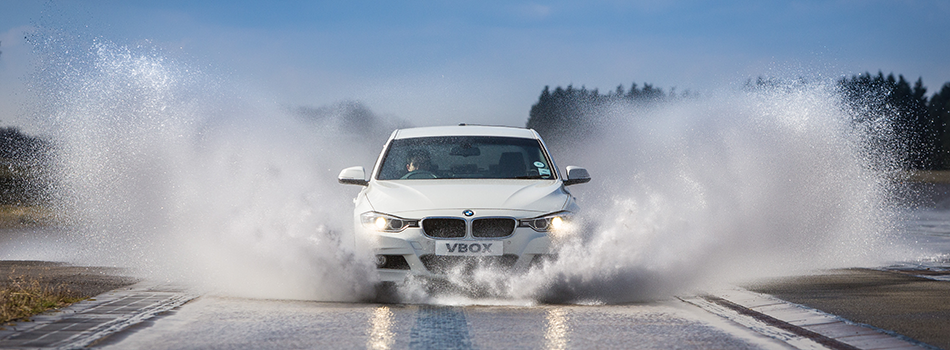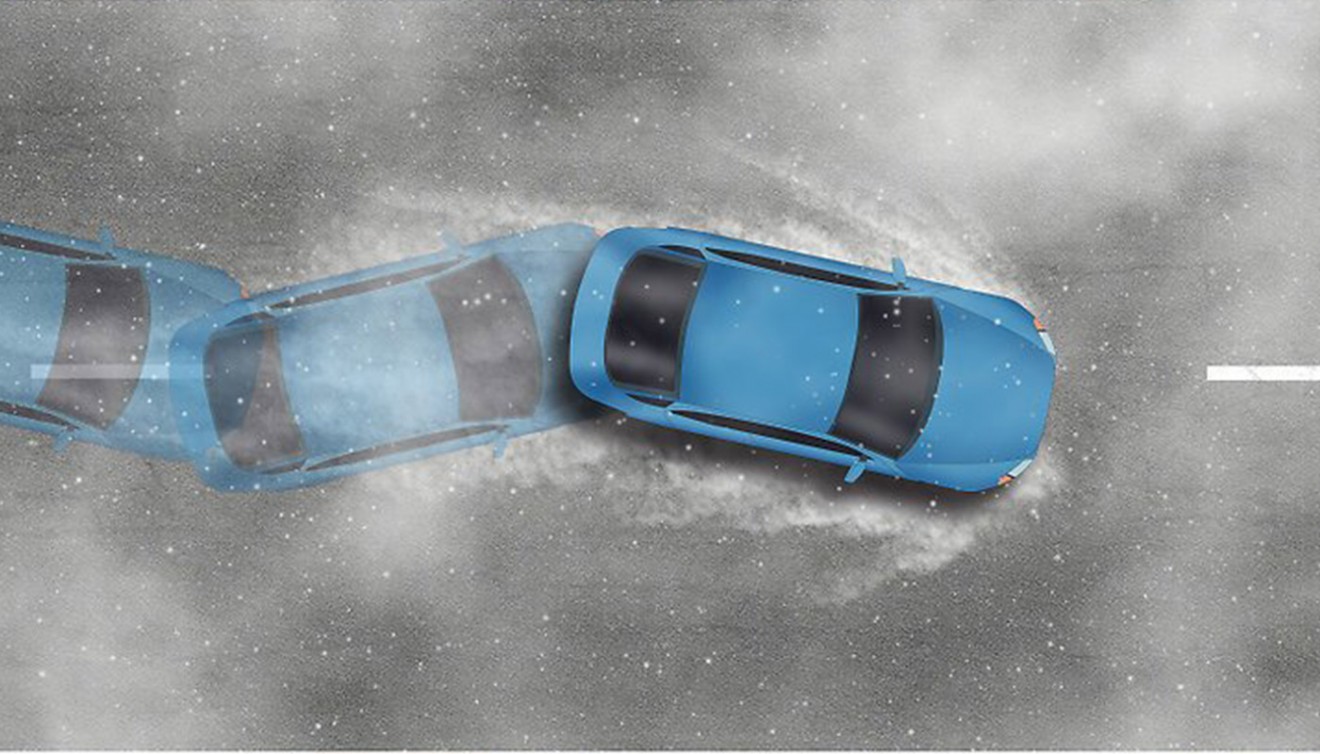Hydroplaning: What is it and the dangers it poses!
Simply put, hydroplaning or aquaplaning is when your car tyres lose the contact with the surface patch because of a heavy layer of water between the tyre and the road. Your car tyres come with grooves on them. Those grooves help to dissipate water on the road. When there is enough water, and you are driving at high speeds, the water starts to build up in front of the tyres. Those grooves (tyre treads) are then unable to evacuate water from underneath the tyres This is when the car starts to glide over the water. And that is not something you want from a car or a bike. You mix all the dirt and oil on the roads with that rainwater, and you got yourself a recipe for disaster. That would mean less to no road grip, hence no control over the vehicle.


So what should you do to avoid getting into such a horrible situation where you don’t have control of your cars? Well, first of all, reduce speed. Faster the car, harder it becomes for the tyres to evacuate water and your car starts to hover over water.
Secondly, get your tyres replaced if they are running low on tread. The deeper the groove of the tyres, the better the water dispersement. Your brand new regular car tyre has a tread depth of around 8mm. 5 to 6 mm is considered fine in most cases. Anything under 3 mm tread depth, you should seriously consider changing your car’s tyres. Driving on tyres that are running low on tread is not advised in dry conditions, let alone in pouring rain.

You can buy your own digital tyre gauge here!
Thirdly, watch out for deep puddles of water on the road in front of you when driving. When it is raining heavily, the tyres are already doing a lot of work to keep you safe. Add standing shallow bodies of water on the road where rainwater won’t flow away, and you are only increasing your chances of hydroplaning.
But even after all the safety measures, you have found yourself in a situation where your car has taken control away from you. So what to do now? First thing is to not panic. I know it is easier said than actually being able to do in the situation but still try not to panic.
Secondly, do not apply full brakes or even suddenly accelerate. Applying hard brakes in case of extreme raining or when a car is about to hydroplane will slow down the front wheels, but will lock the rear wheels. Usually, hard braking in dry conditions (in case of cars without ABS) locks the front wheels and slows down the rear wheels. It is opposite in case of hydroplaning. Locking the rears will cause the vehicle to spin out.

It also all depends on the type of car you are driving. If you are driving a front wheel drive with or without an ABS and traction control system or a rear wheel drive car with an ABS and traction control system, look for a clear open space and slowly turn your car to drive in that direction without braking too much or accelerating. Keep a light foot on the accelerator. However, if your car is rear wheel drive but without an ABS and traction control system, slowly start taking your foot off the race pedal and slowly steer your car to an open space without any obstruction.
Also, avoid using cruise control in heavy rain on highways and motorways. The general rule of thumb is that you should drive 1/3rd slower of your usual driving highway/motorway speeds in heavy rain when aquaplaning can occur. Motorway speeds for cars in Pakistan is 120 km/h. In heavy rain, bring the speed to 80 to 90 km/h. Drive safe and keep visiting PakWheels.

